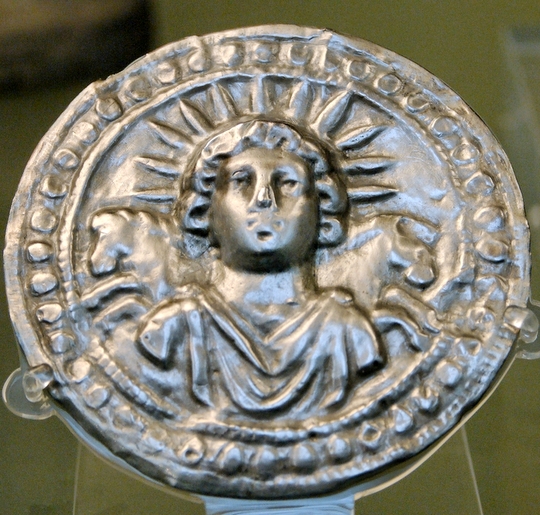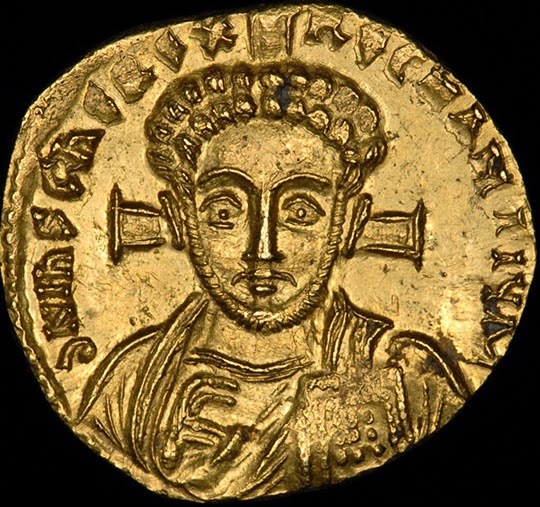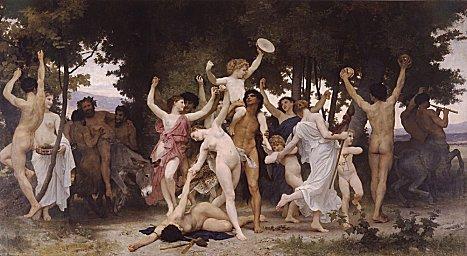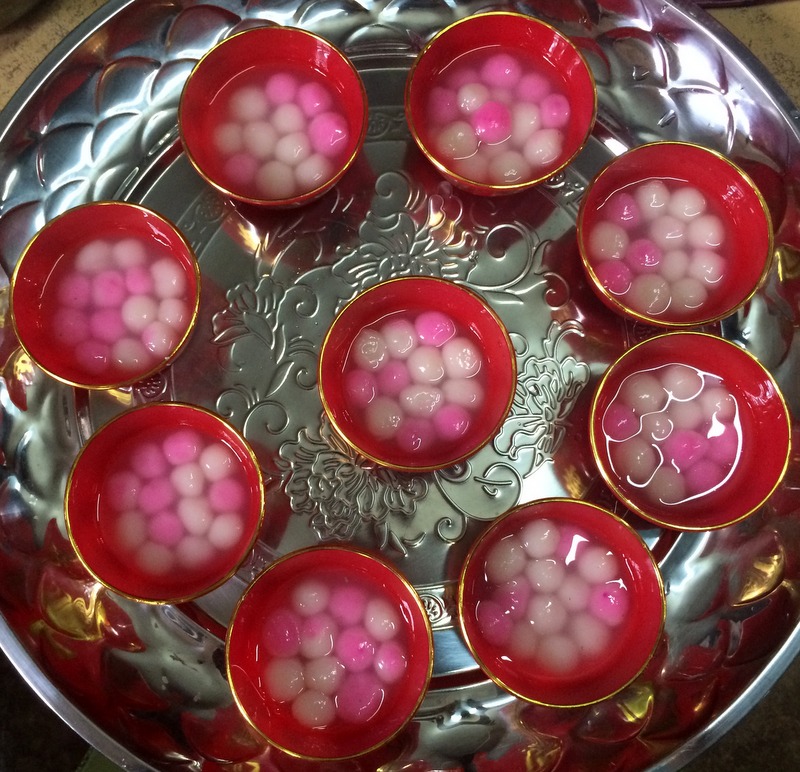Have you ever wondered why Christmas is celebrated on 25 December, and why the New Year starts on 1 January? Most probably because both events are close to the Winter Solstice on 21 or 22 December. A huge amount of information can be found on the Internet.
Winter Solstice
Because the Earth axis is tilted, the Sun is not always above the equator, but moves between the northern Tropic of Cancer and the southern Tropic of Capricorn.
This causes the seasons and the variability of the day length. When the Sun is above one of the Tropics, he “stands still” before moving back. This are the Solstices (latin: the sun stands still).
In Roman times after the Winter Solstice there was the celebration of the birthday of the Invincible Sun God (Dies Natalis Solis Invicti) on 25 December. The day length was increasing and the Sun was growing stronger
Christmas
The birthday and even the birth year of the historical Jesus are unknown. Probably in spring, 1BC or 4BC, a lot of theories exist. In the beginning it was not considered an important event and In the first centuries of Christianity his birthday was not even celebrated. Only when emperor Constantine (306-337) adopted the Christian religion, it was decided to let the Dies Natalis of Jesus coincide with the birthday of the Sun God on December 25. Below are two coins from Roman times. Left with the Sun God, right with Christ.
One reason for choosing this date may have been to make it easier for the “pagan” Romans to convert to Christianity. There are other theories, for example that the date was chosen, nine months after the supposed conception in March..:-)
New Year
Choosing a date for the beginning of a new year is completely arbitrary from an astronomical point of view. Therefore there have been numerous conventions throughout the ages. The original Roman calendar started with the March equinox, had 10 months and ended in December. September, October, November and December still have (latin) 7, 8, 9 and 10 in their names.The winter days between December and March were unnamed. Only later two more months were introduced, January and February. January was named after the god Janus, who had two faces, one looking forward, the other one looking backward. Why the beginning of the year was moved from the equinox to the (winter) solstice? Possibly related to the big year-end party of the Saturnalia, held in December. Quite a wild party!
The Saturnalia were a kind of festival of light, again related to the winter solstice. Gift giving, banqueting caroling, candles. Many elements can be found back in the present Christmas and New Year celebrations…:-;
The Roman calendar has been refined several times, by including leap days, and as Gregorian Calendar is now accepted all over the world. Even in Malaysia, where the three ethnic groups have also their own calendar. The Islamic calendar is a lunar calendar, so the Islamic New Year (1st day of the month Muharram) moves 11-12 days earlier each year on the Gregorian calendar.
The Hindu and Chinese calendars are lunisolar. The length of a month is determined by the moon. So also here the New Year shifts 11-12 days to an earlier date every year. To keep the New Year in the same interval of the solar year, leap months are introduced every now and then. A more detailed explanation of the Chinese Calendar (and other calendars) can be found on my website
So the Chinese festivals (there are many) have no fixed date on the Gregorian Calendar. In 2014 the Chinese New Year was celebrated on 31 January, in 2015 it will fall on 19 February. Not moving to an earlier date, but to a later one. Because the present year is a leap year, it has an extra month…:-)!
There are two exceptions, where Chinese festivals follow the solar calendar. One is the Cheng Beng festival, the festival of tombs, when Chinese honour their ancestors. It falls always on the 15th day after the Spring equinox, 4 or 5 April.
And the second one? The Winter Solstice! It is called the Dongzhi festival and it is celebrated in the family with prayers for the ancestors. Traditionally it is the time of the year the family prepares Tang Yuan, glutinous rice balls that symbolise reunion and togetherness.
This year we celebrated it with Aric’s family. Everybody helped to prepare the balls which later were put for a few minutes in boiling water.
On the day of the Winter Solstice (this year 22 December) they are served with sweet syrup







